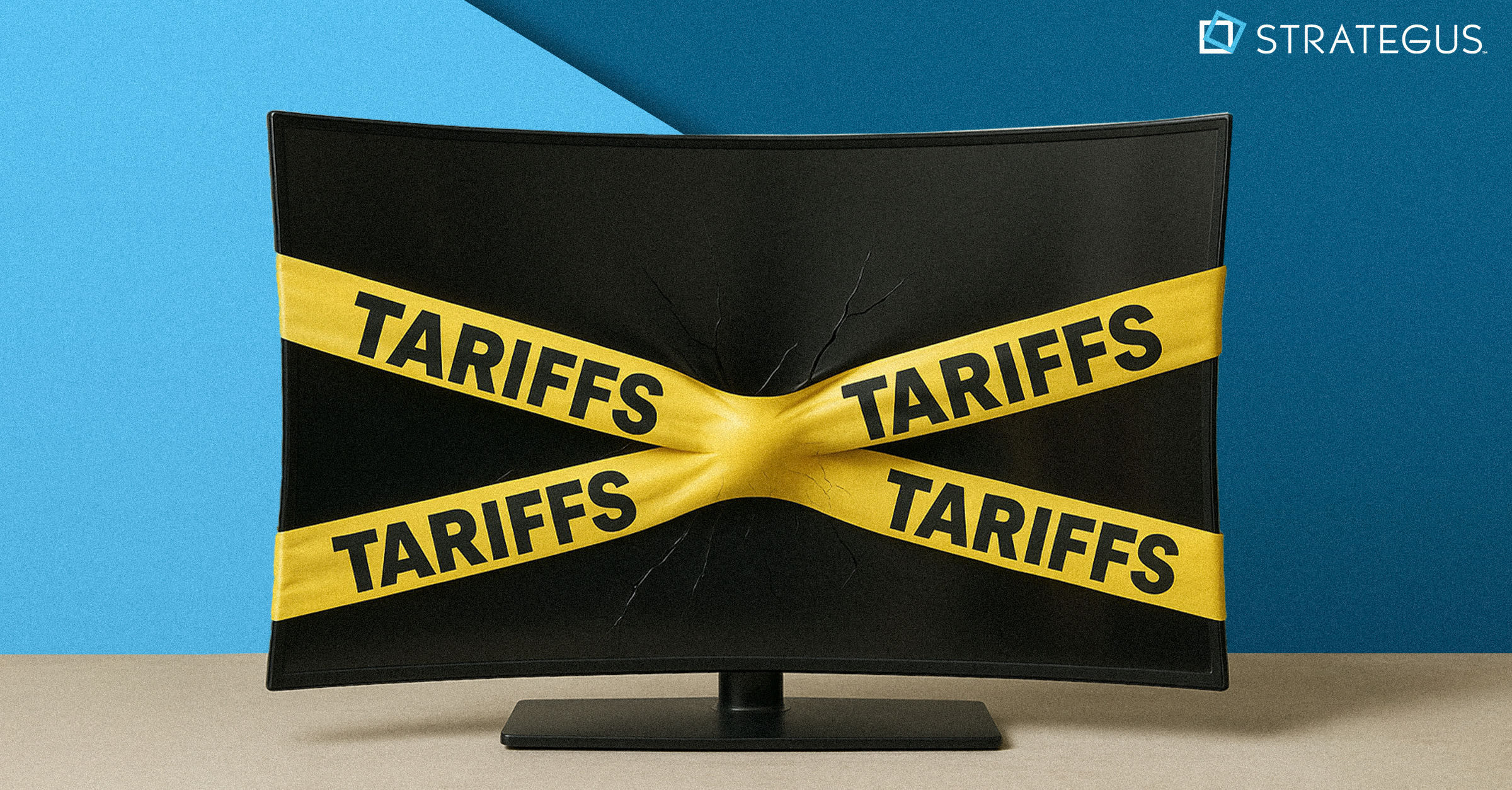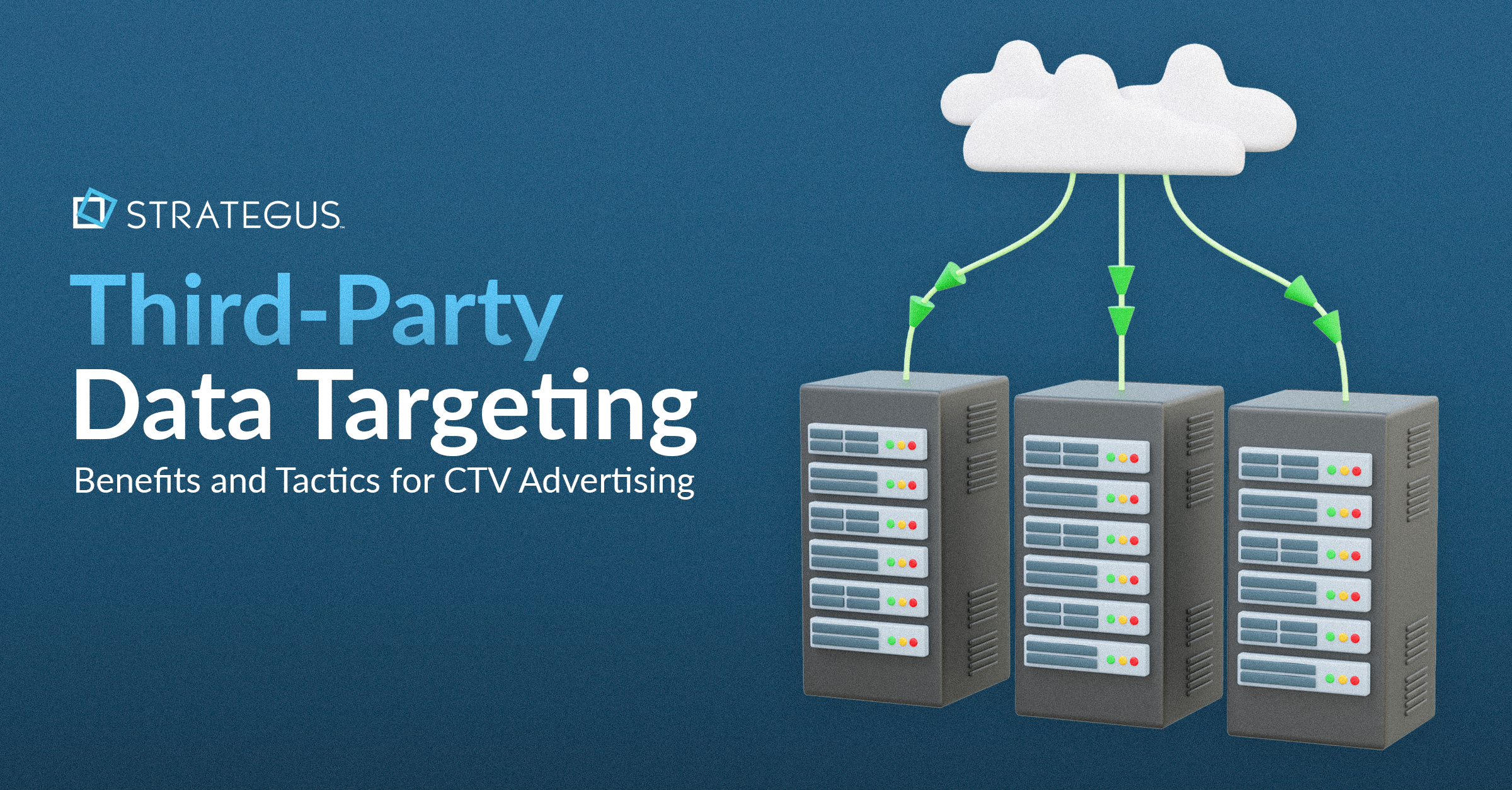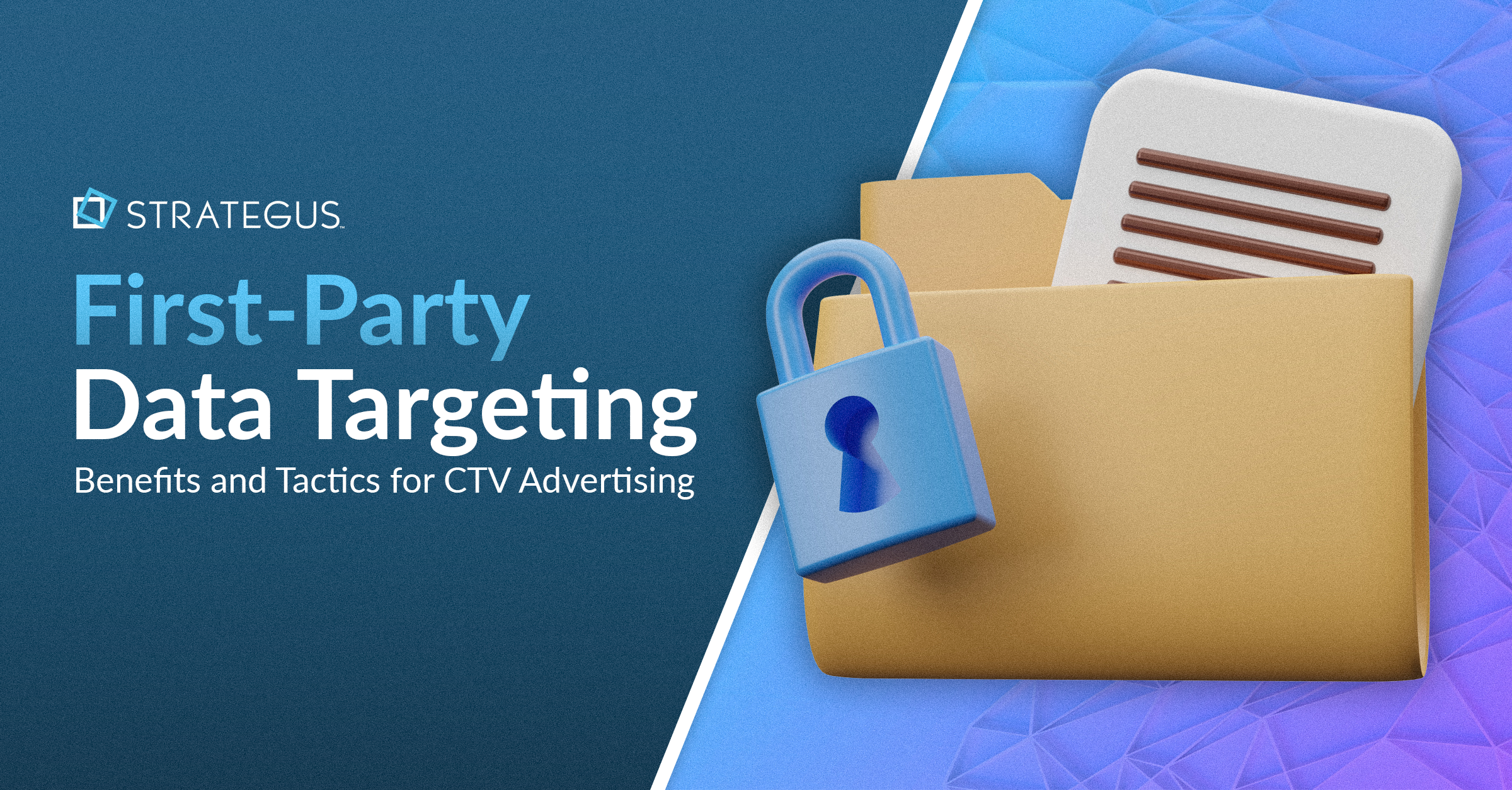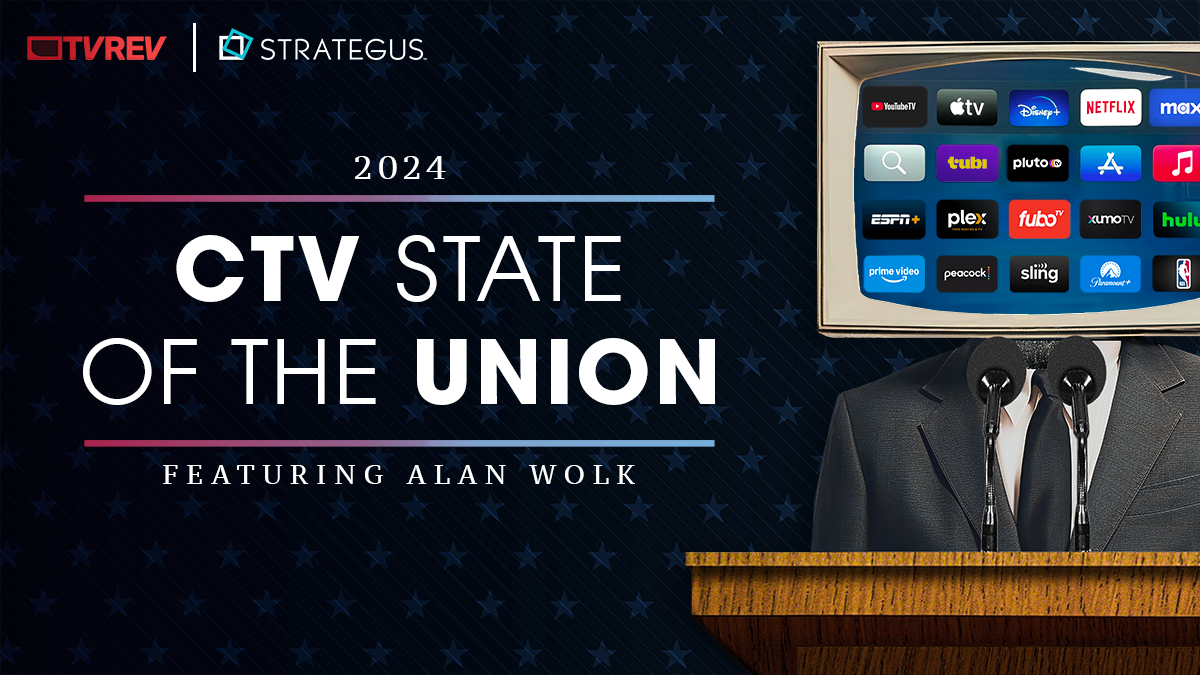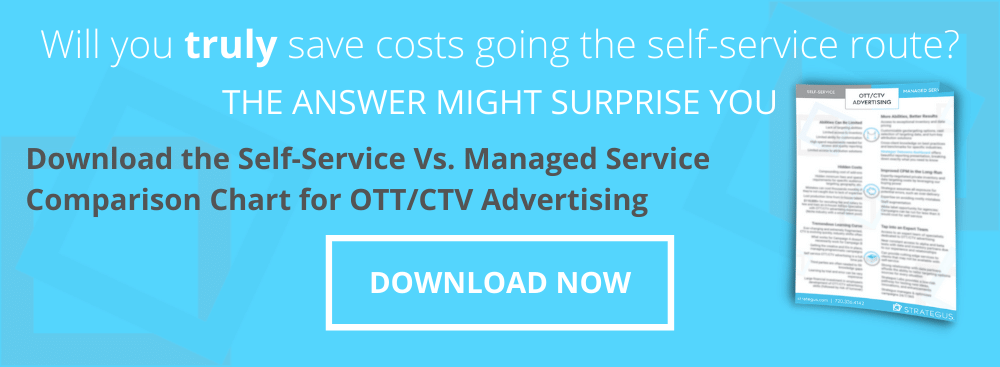- Home
- Strategus Blog
- Linear TV Extension (LTVE) - What It Is and When to Use It
Linear TV Extension (LTVE) - What It Is and When to Use It
 Andy Dixon
Andy Dixon
7 minutes read

Consumer attention continues to fragment across different types of media, with OTT/CTV viewership gaining the most steam. Sticking to traditional marketing channels — specifically linear television — is not enough to reach your target market, but broad omnichannel marketing strategies might not give you the finesse to avoid over-reaching and watering down the ROI of your marketing spend.
Instead, you need marketing strategies that allow you to reach traditional television watchers and OTT streamers without creating separate and unique campaigns for each medium. Enter linear TV extension (LTVE).
Clearcode projects that the total number of cord-cutters will grow from 31.2 million in 2020 to 55 million by 2022. However, that doesn’t mean that advertisers should completely abandon linear TV advertising altogether.
OTT/CTV and linear TV advertising should complement each other. They no longer need to be viewed as oil and water. Brands that can strategically use both mediums can achieve their reach and frequency goals
The faster you can learn to combine these two previously divided advertising tactics, the better. In this article, we’ll explore the strategy of linear TV extension, the benefits of extending your campaigns, and how we can help.
UNDERSTANDING LINEAR TV VS. OTT ADVERTISING
Linear TV is made up of the traditional television sources consumers can access: broadcast, satellite, and cable television programs with a predetermined schedule across different channels. Linear TV marketing is advantageous because you can reach a large geographic radius.
This is different from internet-based streaming services that allow viewers to select their programming on their schedule and terms. However, as more “cord-cutters” do away with traditional television altogether, linear TV alone can’t help you get in front of your full audiences. Even audiences that do have linear television tend to have OTT services such as Netflix, Hulu, Sling, Pluto, Crackle, Fubo, and other subscriptions for additional internet-based media.
WHAT IS LINEAR TV EXTENSION?
A linear TV extension (LTVE) is a strategic decision to incorporate OTT channels into a linear TV campaign. Leveraging the Automatic Content Recognition (ACR) chipset technology that exists in all smart TVs, LTVE enables you to measure the overlap of linear TV and CTV households exposed to your ad content.
More importantly, LTVE enables you to eliminate that overlap and serve your CTV ad impressions only to the households who’ve never been exposed to your linear TV ad content, or to those who’ve only been lightly exposed.
If your brand has already created advertisements for broadcast, satellite, and cable television, activating those same ads with minimal changes to an OTT/CTV platform lets you reach incrementally more viewers while cutting out the wasted impressions associated with over-saturating certain households.
Even better, it lets you reach those viewers with tested, preexisting advertisements. That’s far more cost-effective than creating entirely new advertisements from scratch. Instead of researching your demographics, creating new customer personas, crafting new messages and visuals, and determining your promotional offers, you’re simply extending the commercials’ reach to new demographics within your target audience on OTT channels.
If you think you’re missing part of your target market when you restrict your campaigns to linear TV, leverage your customer personas to identify the top OTT channels for your unique audiences. These may change based on the seasonality of your campaign, the type of offer you’re promoting, and how your audiences are responding to the increased availability of different OTT subscriptions.
BENEFITS OF LINEAR TV EXTENSION
Extending your linear television campaigns isn’t just a solution to poorly performing strategies or campaigns that aren’t reaching their projected metrics. OTT advertising brings unique advantages to the table. Some of the benefits of bulking up to TV campaigns with OTT are:
TARGETING
OTT platforms allow you to target audiences with far more precision. Instead of releasing your ad to the whole of an audience watching a specific program at a specific time, like with traditional TV, you can put your ad in front of viewers based on an algorithm that determines the best fit.
Not only can you play your ads at the best time based on the viewers’ past behaviors, but you can also set up an optimal view frequency so you reach them frequently without risking ad fatigue. OTT platforms let advertisers cap the number of times each individual viewer receives an ad to a pre-determined hourly or daily amount.
Because smart advertising platforms can more dynamically control how and when OTT users view an ad from a specific campaign, you can even release sequential campaigns with more control. If your ads tell a story across five sequential segments, OTT can deliver those ads in order based on what it knows the viewer has been exposed to. That removes the guesswork from traditional TV campaigns, in which you have to order them in manual sequence and hope for the best.
EFFICIENCY & REACH
Linear TV extension lets you fine-tune your reach by isolating your CTV ads only to households who haven’t already seen your message on broadcast, cable, and satellite so you’re not spending your budget unnecessarily on high-frequency views across a diverse audience. This enables traditional linear TV and CTV to co-exist in the most strategic way possible and provide the closest thing to theoretical 100% market saturation and coverage.
Your target market may have a high view rate for a particular program, but that doesn’t mean all the viewers are in your target market. When you pay for your preferred audience to see your ads, you also have to pay for the uninterested views, too. While that may be an acceptable cost for low-frequency brand recognition campaigns, it’s expensive for high-frequency sales conversion campaigns.
OTT platforms let you control your reach with greater specificity than simply the geographic range, time, and broad appeal of a station’s programming.
TESTING
OTT and CTV channels also give you more maneuverability when you’re testing out your campaigns. Because of the dynamic control you get behind the scenes, you can better assess:
- If your viewers are responding to your calls to action
- What the ideal frequency is for each specific campaign
- The conversion rate for different ads and campaigns
- Which ads between different versions spark the greatest engagement
To get the clearest results, divide your extended audiences into two core groups:
- Households with both linear television and OTT access
- Cord-cutters with exclusively OTT media services
WHEN TO USE LTVE
LTVE is the next logical step when you know your audience is using more than just traditional television — or when part of your audience doesn’t have traditional television at all. If increasing the size of your linear TV campaigns is costly, finetune your strategy by extending into OTT instead.
SCALE YOUR TELEVISION MARKETING BY PARTNERING WITH STRATEGUS
You want to reach your entire audience, but linear television often means reaching out into a too-wide field of users, which will eat through your marketing budget. Strategize your extended reach by incorporating OTT platforms. By advertising across two or more channels, you can reach new audiences that fall within your target market. Strategus is here to support your extension with analytics, insights, and experience in OTT/CTV advertising.


Andy Dixon is a seasoned Content Writing Specialist at Strategus, renowned for his expertise in creating engaging and impactful digital content. With over a decade of experience in content creation, Andy has honed his skills in a variety of niches, ranging from technology and marketing to education.
Strategus is a managed services connected TV(CTV) advertising agency with over 60,000+ campaigns delivered. Find out how our experts can extend your team and drive the result that matter most.
Talk to an Expert
Seeking a Custom CTV Strategy That Delivers?
What to read next
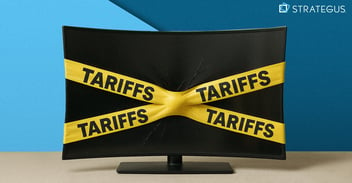
Advertising as Tariff Fears Mount: Strategies for 2025
There’s a word on everyone’s mind right now: recession. Tariff negotiations have caused market uncertainty, all while inflation continues to loom. JP...
6 minutes read
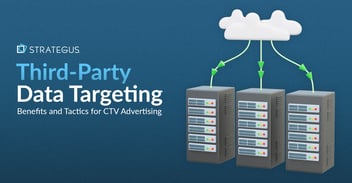
Third-Party Data Targeting for CTV: Benefits & Tactics
Third-party data. It’s a term that’s thrown around, and yet few take the time to detail its pros and cons — much less strategies for using...
7 minutes read

First-Party Data Targeting: Benefits and Tactics for CTV Advertising
First-party data is the information that companies collect directly from their customers rather than through intermediaries. Advertisers use this...
10 minutes read

Foot-Traffic Attribution: Tying Ad Impressions to In-Store Visits
The marketing funnel has changed. Today’s shoppers often begin researching products from the comfort of their homes and don’t set foot into a store...
8 minutes read



